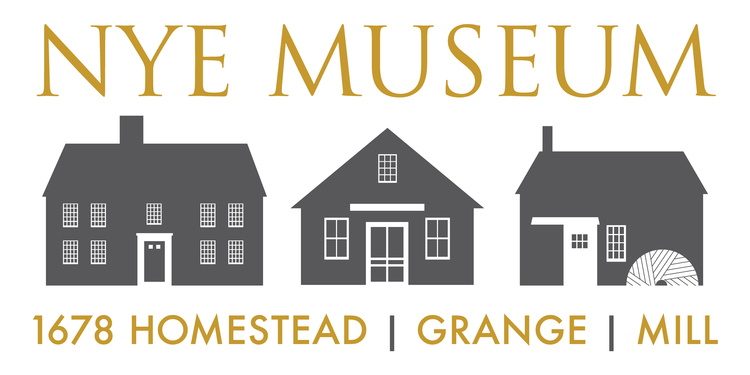




From the fish ladder bridge, follow the stream as it turns to the left. The path curves right and passes by old concrete trout pools next to the meadow. The water level in these pools supports many kinds of aquatic vegetation. Examples include duckweed - mats of tiny leaves on the water surface, and cattails – thick, tall growth of broad, pointed leaves with tubular brown seed heads. Look for watercress, which forms a thick, straggling growth on the water’s surface.
Nature loves a wetland, and tends to fill it with the kind of vigorous, thick growth you can see all around this old fish hatchery area. In contrast, try to imagine this area being wide open, with grass that is mowed like a park (see the picture below!). That’s what this area looked like before 1990, when the hatchery was abandoned due to changes in water quality. Let’s take a moment to recall some history:
Throughout the 1800s the mill pond, stream, and salt marsh creeks were well known for their abundance of trout. The Nye family rented the grounds out for well-to-do businessmen from the city to fish, always assured of a heavy catch. By 1900 there was interest in raising trout here – collecting the fish eggs, which would be hatched under careful conditions, then growing them in a series of wood-lined rectangular pools fed by the cold pond water. The earliest hatchery here specialized in raising fingerlings –small fish that were sold for restocking private fish preserves. In 1912, however, Massachusetts Commission on Fish and Game purchased the hatchery to raise trout for restocking public ponds. This state-run operation continued to expand into the 1960s. After the hatchery was abandoned, it quickly filled with pussy willows and other vegetation, some of which you can still see today.
As you cross the footbridges over the old fish hatchery pools toward the meadow, turn right and head to the old grist mill. The meadow can be quite soggy, so please watch your step and try to stay in the middle of the field.